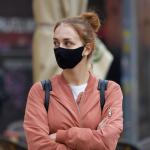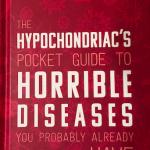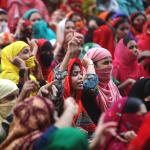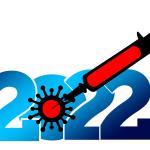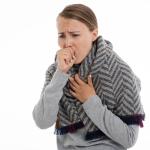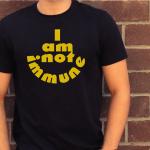Disease
It cannot be the least bit surprising that there is another Covid variant in the news.
It was a little hard to unwrap a gift from my wife without taking it personally. After all, it was a book called "The Hypochondriac's Pocket Guide to Horrible Diseases." Am I really this neurotic?
Let’s begin with the limitations. It is a small study, still in preprint (not peer-reviewed) and looking at patients that are acutely symptomatic but not requiring hospitalization.
I came to the U.S. as a tourist without permission to work or study; there was nothing much for me to do besides worrying about the situation. For my parents, with all of their children abroad, it was more challenging.
“After people recover from infection with a virus, the immune system retains a memory of it.
“Current trends indicate that long-haul COVID is our next public health disaster in the making”
What is long-haul COVID?
